Current participants of the Art & Language Arts Summer Seminar return to the Getty Center to learn about photography from many different angles (pun intended)!
-

-
Teachers learn about the depth and breadth of the Getty’s collection of photographs—over 100,000 and going strong!
-

-
We’re on our way to the award-winning exhibition Engaged Observers: Documentary Photography since the Sixties.
-

-
Family portraits in the exhibition can connect to students’ photographs of their families.
-

-
Teachers find a variety of textures in still life photographs.
-

-
Participants pose outside of the Photo Study Room, where pictures by Dorothea Lange, Diane Arbus, Robert Capa, and other photography masters were displayed around the room for close inspection.
-

-
Photographer Luther Gerlach explains how light passes through a lens while standing behind a humongous camera.
-

-
4th-5th grade teachers use the pinhole cameras they created out of paint and coffee cans.
-

-
In the Central Garden, teacher Gabriela Vielma was excited to try out her new camera.
-

-
Teacher Trish Birk gets creative with the positioning of her pinhole camera.
-

-
Teacher Marisela Reyes places her camera on the ground for an interesting angle.
-

-
After taking pictures in the garden, we gather to see the images that formed on the light-sensitive paper.
-

-
K-3rd grade teachers got creative with cyanotypes. They depicted a variety of subjects by drawing on acetate placed over light-sensitive paper.
-

-
Teachers drew a variety of basic shapes to make ABC books, to illustrate landscapes, and more!
-

-
While waiting for their prints to dry, teachers made books on which they will affix their images.
-

-
Teachers created books with accordion folds or books with pages that opened like flaps.
-

-
This teacher will soon affix her cyanotypes onto her book about bodies of water.
-

-
This teacher connected art and science by using cyanotypes to depict a life cycle.
It was so great to reconnect with teachers who participated in the Art & Language Arts program over the past 11 years. This year’s alumni event focused on the theme of food in art. Teachers who attended the event explored the relationship of food, art, and history through tours, art-making activities, artistic food preparation, and a lecture by food educator and author Linda Civitello.
We can’t wait to hear how teachers will incorporate today’s information and activities in their classrooms.
-

-
Museum educator Sandy Rodriguez describes how to sketch from a still life.
-

-
After viewing how artists like Cezanne created a still life, teachers were ready to create their own.
-

-
Teachers were so focused on their sketches that you could hear a pin drop in the room.
-

-
Museum educator Kelly Williams leads an activity on creating decorative plates based on a 16th-century dish and an 18th-century centerpiece depicting ingredients for a stew.
-

-
Teachers decorated their plates with everything from patterns and seascapes to life cycles, as depicted here.
-

-
Teachers also molded food ingredients and animals to adhere to their plates.
-

-
Inspired by a Man Ray photograph created for an ad, teachers created sun prints using basic shapes.
-

-
They then incorporated their sun prints into collages.
-

-
And finally, they wrote slogans to go with their ads. What a great way to integrate art and language arts!
-

-
Chef Viviane Arlotto leads an activity on preparing banquets for students like the banquet depicted in a French tapestry.
-

-
Food educator Linda Civitello, author of Cuisine and Culture: A History of Food and People, shares ideas with teachers.
-

-
Teacher Frank Cooper shows off an artfully decorated cookie to his colleagues.
-

-
Teachers use cookie cutters to make tea sandwiches as pretty as they are tasty.
-

-
Teachers had a great time turning pineapple skewers into sculptural creations.
-

-
And the result…sculptural skewers and artful tea sandwiches!







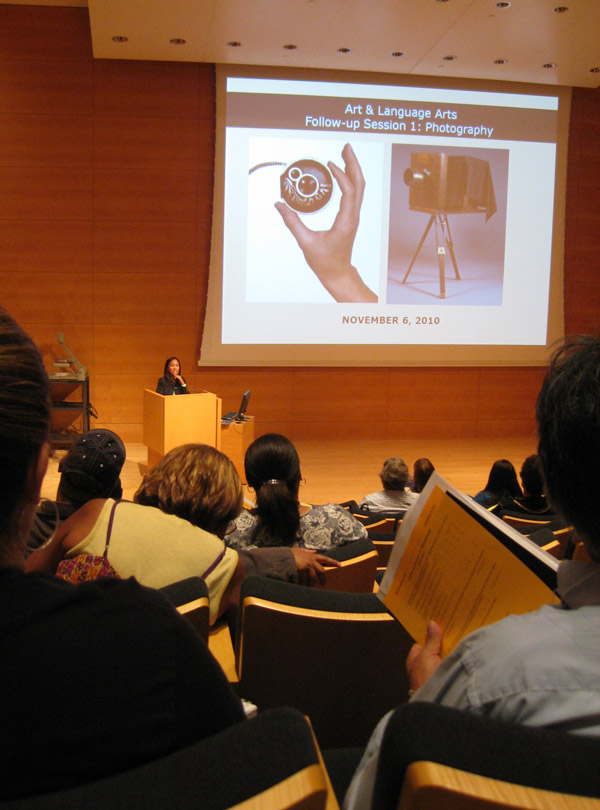


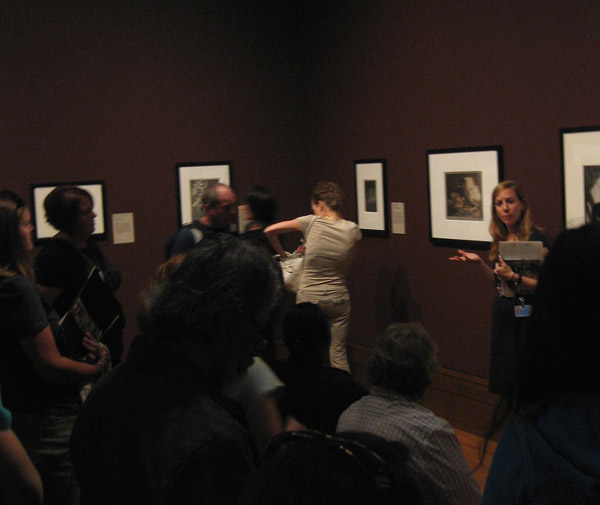








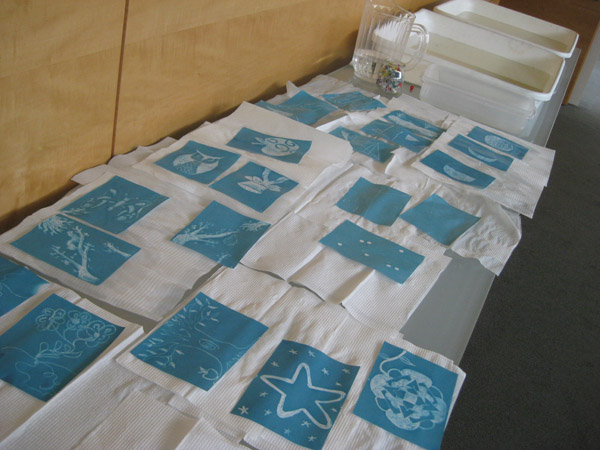



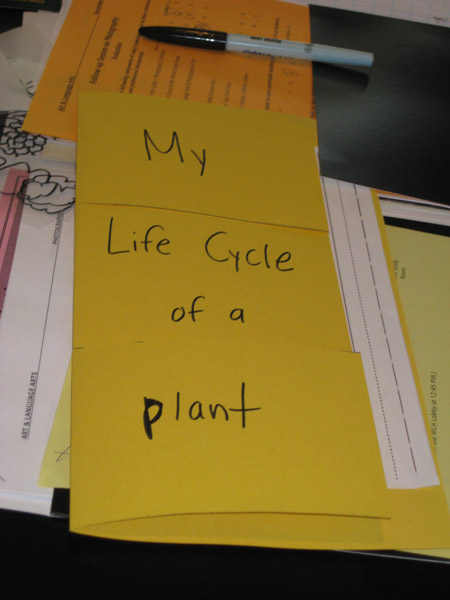






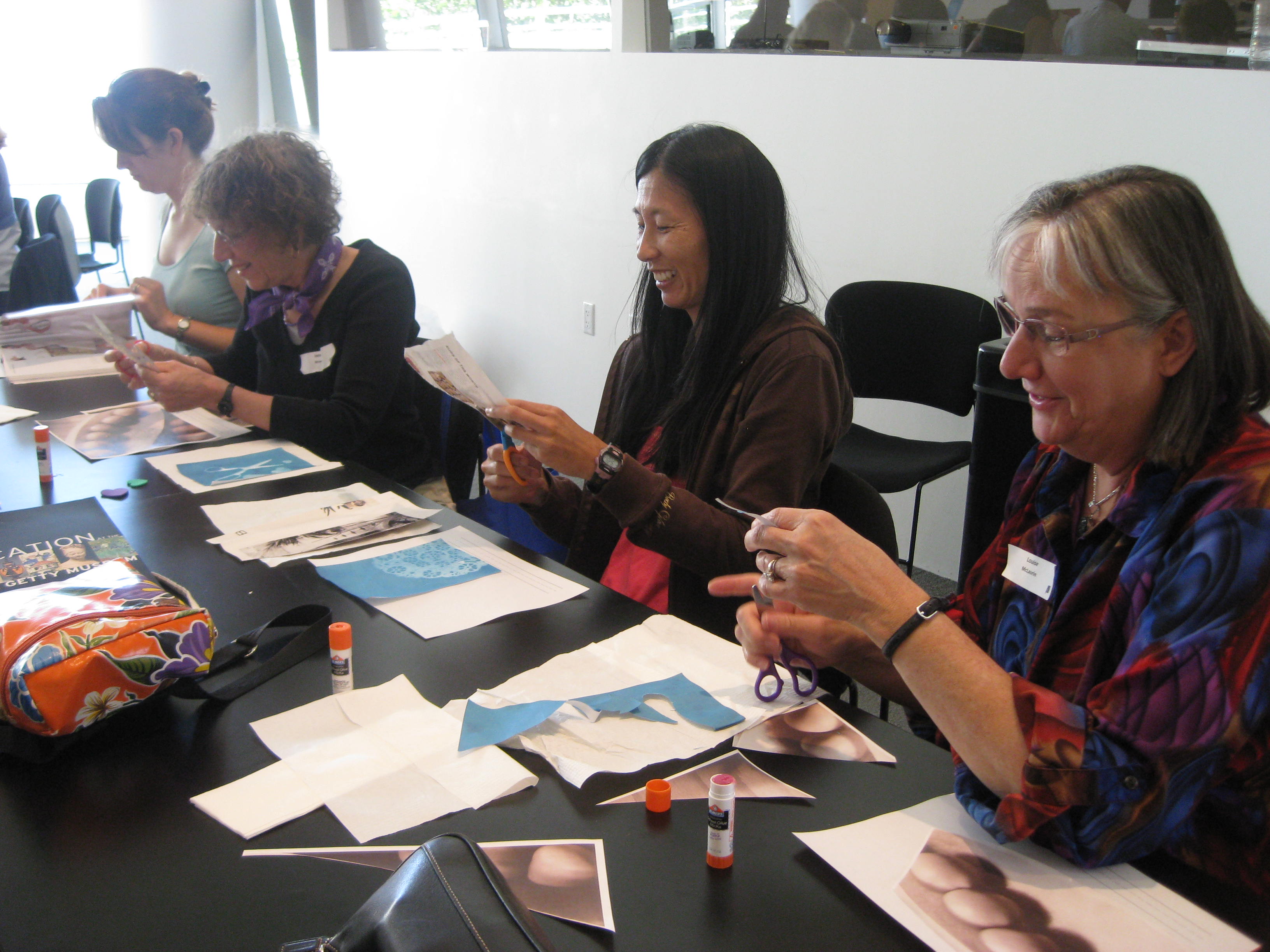
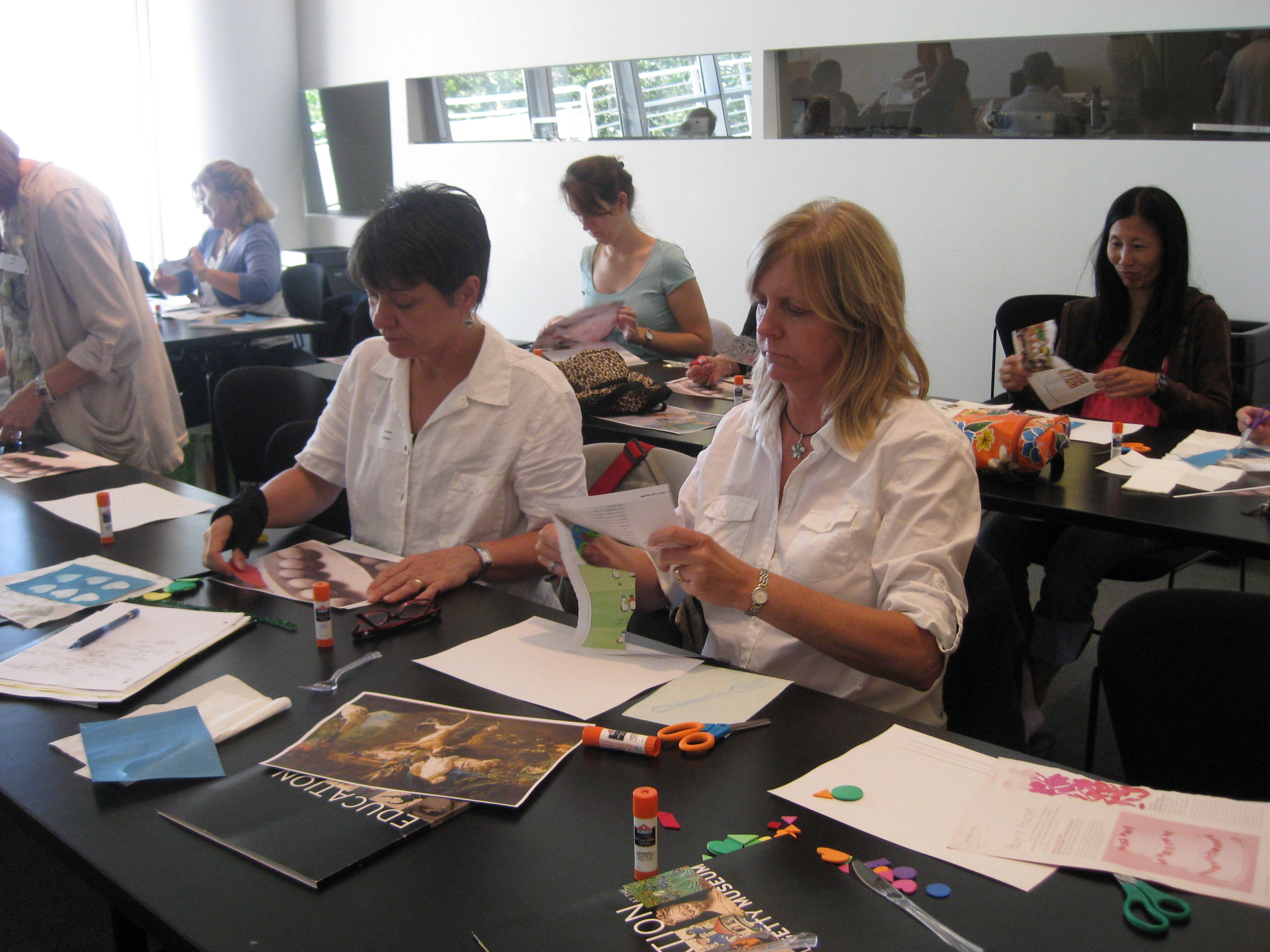




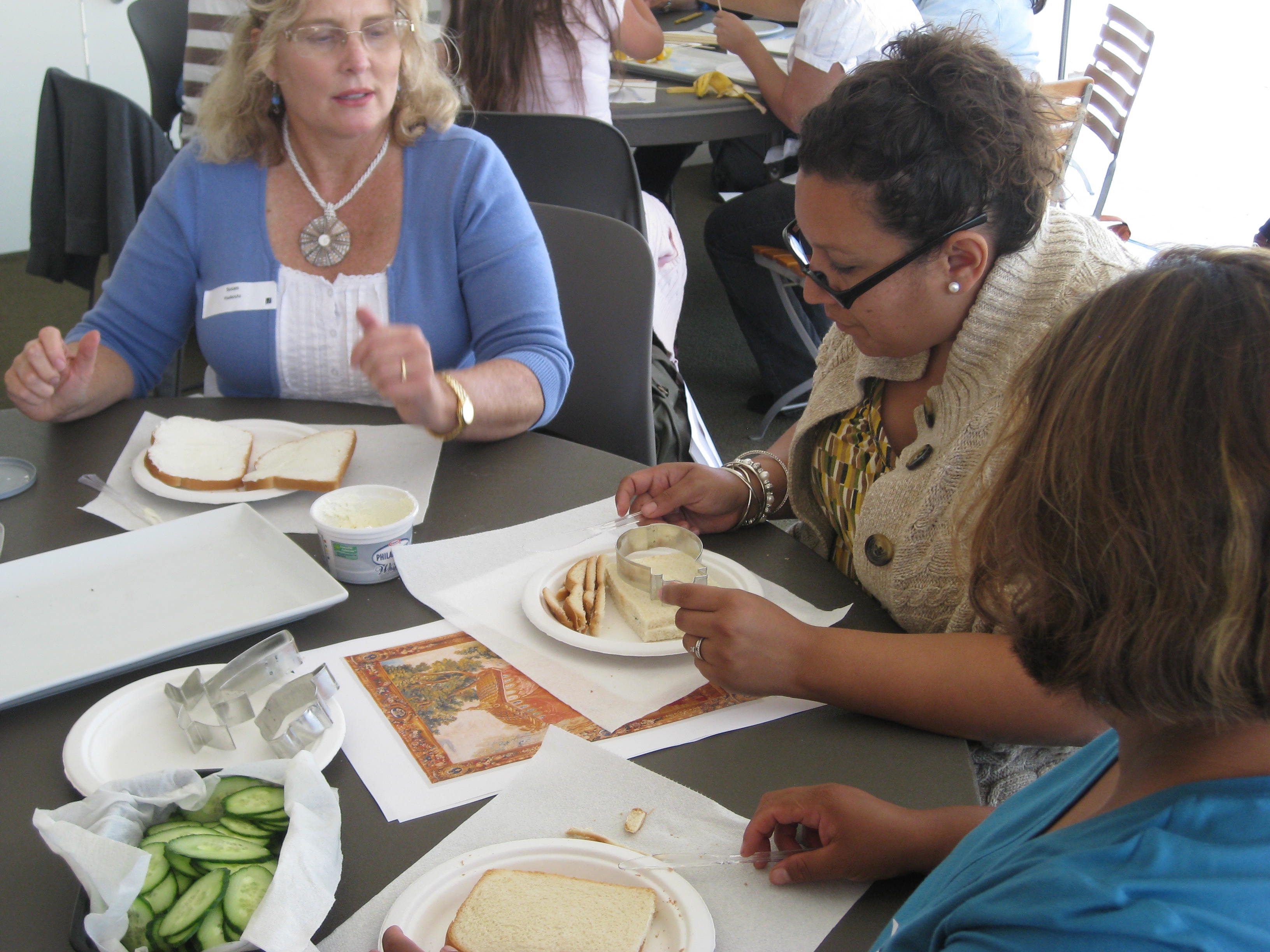
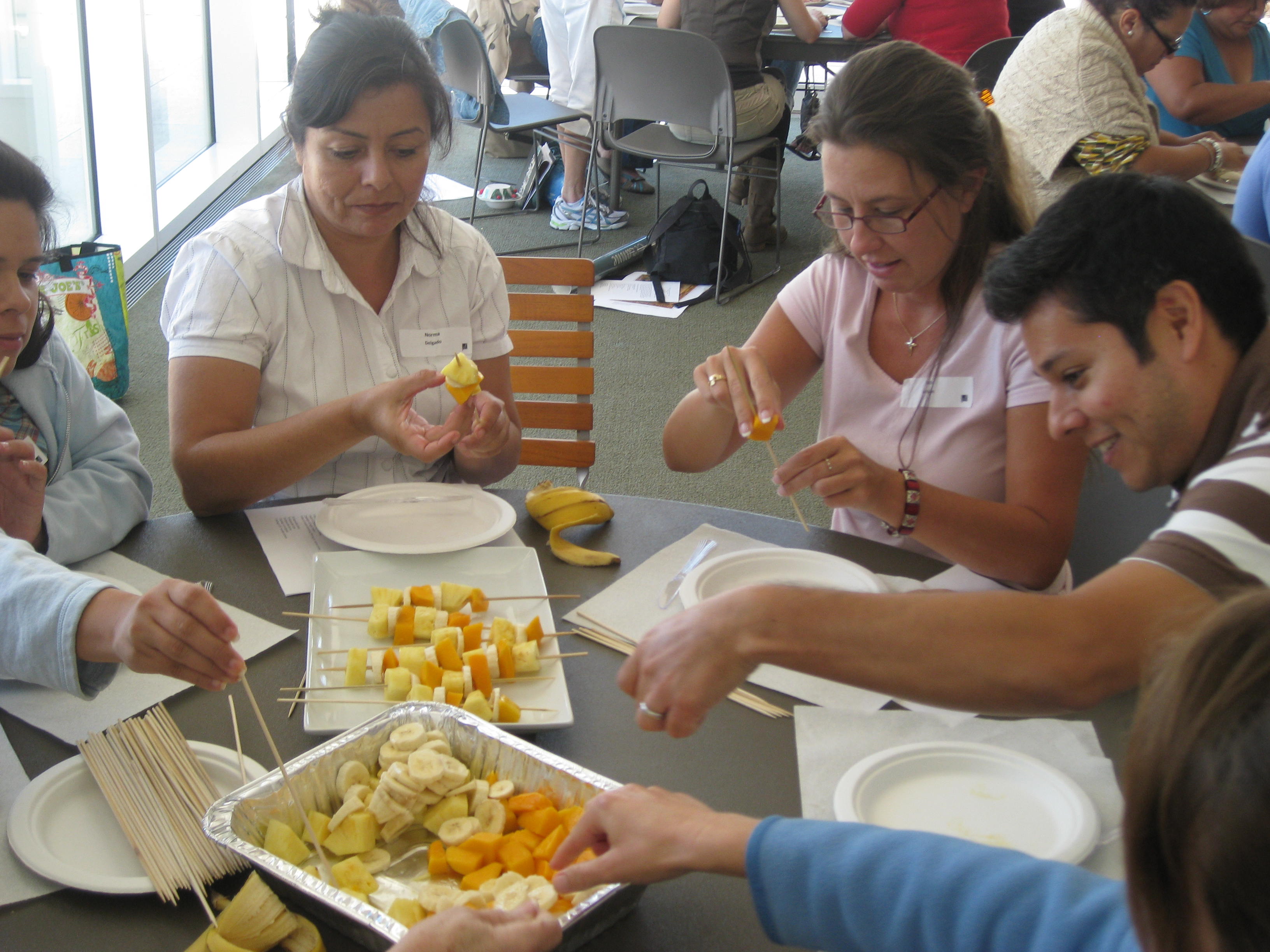

Recent Comments